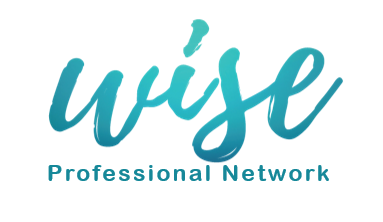Women in Subsea Engineering – Establishing the Baseline
Recently WISE initiated a study in order to gain further insight into the status of women working in the subsea sector. Prepared by Professor Linley Lord, Dr. Melissa Marinelli and Ms Danielle Leotta the report aims to establish a gender profile with a particular focus on women in STEM (science, technology, engineering, maths) professions in order to identify barriers and which are limiting participation and develop strategies to address this.
In 2016, Australia’s Chief Scientist released the report Busting the Myths about Women in STEM (Prinsley, Beavis, & Clifford-Hordacre, 2016) highlighting the persistent lack of women in STEM professions and the need for ongoing support and intervention to increase their workforce participation in these fields. Further research (Catalyst, 2016, Lord, Eastham, Jefferson & Wardale, 2014, The Chamber of Minerals and Energy of Western Australia, 2015, 2017) indicates that women continue to be underrepresented in the Australian resources industry, including the oil and gas extraction sector.
So, what does ‘Women in Subsea Engineering – Establishing the Baseline’ tell us?
A key finding is the lack of data specifically related to women in the subsea sector. There is information available about women in resources, however this appears to be collected too infrequently to enable accurate measurement of industry-led initiatives.
Despite this lack of data, the focus groups revealed women see the sector as exciting, challenging and innovative, offering diverse career opportunities. Visibility of the sector continues to require improvement.
Many issues faced by women in the subsea sector are common to those in related industries, for example difficulty establishing credibility, difficulty accessing formal and informal networks and mentorship opportunities, challenges utilising flexible working arrangements, negative perceptions around women as mothers and a lack of understanding of the value of diversity within organisations.
Clearly, we need to continue to work on increasing the awareness of the subsea sector, especially to university students. We also need to consider attracting women to the industry later in their careers. This might include financial support for further training, flexible work arrangements, and educating managers on the value of diverse teams.
We hope you’ll join us to hear the full findings of ‘Women in Subsea Engineering – Establishing the Baseline’ presented by Professor Linley Lord on Wednesday, September 12 at Curtin St Georges Terrace.
Please register to the event here as places are limited.

